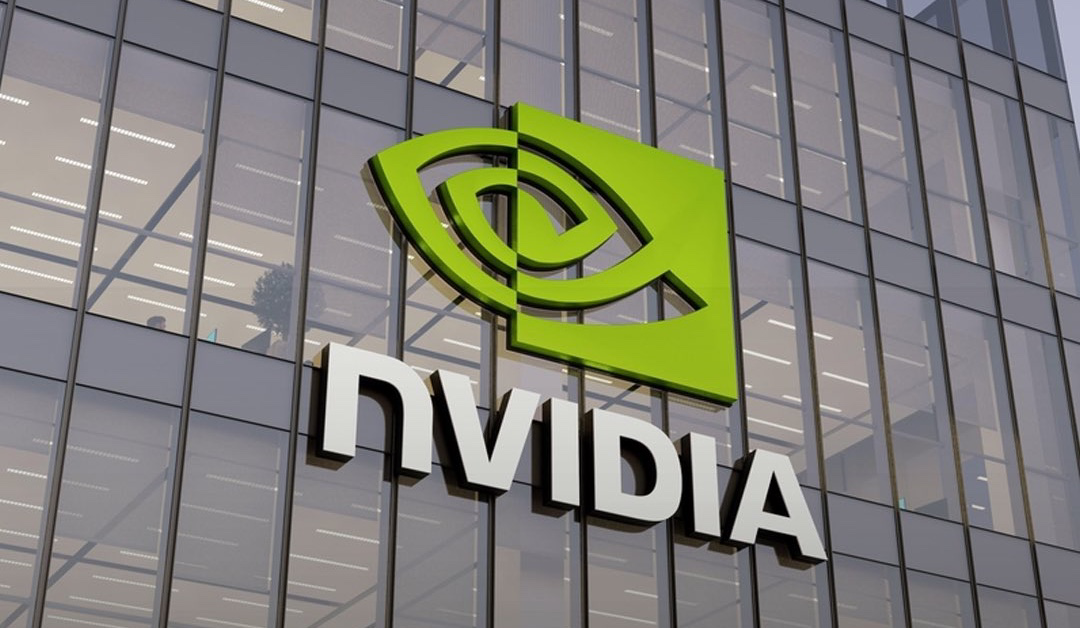Nvidia delivered stronger-than-expected quarterly earnings and revenue on Wednesday, underscoring the company’s dominant role in powering the global artificial intelligence boom. The chipmaker also forecast that sales growth in the current quarter will remain above 50%, reinforcing Wall Street’s belief that demand for AI infrastructure is far from cooling.
The upbeat results came even as Nvidia’s closely watched data center revenue fell slightly short of analysts’ projections for the second straight period. Shares, which had dipped in extended trading after the report, pared losses on Thursday. Nvidia stock is already up 35% this year, following an almost threefold surge in 2024.
Earnings Beat but Data Center Growth Slows
For the fiscal second quarter of 2026, Nvidia posted adjusted earnings per share of $1.05, beating analysts’ estimates of $1.01, according to LSEG data. Revenue reached $46.74 billion, also topping expectations of $46.06 billion.
Net income rose 59% year over year to $26.42 billion, or $1.05 per share, compared with $16.6 billion, or 67 cents per share, in the same quarter last year.
Nvidia’s total revenue jumped 56% from $30.04 billion a year ago, marking the ninth consecutive quarter of year-over-year growth exceeding 50%. Still, this was the company’s slowest pace of expansion since the generative AI boom began influencing results in mid-2023.
The company expects third-quarter revenue to reach $54 billion, plus or minus 2%, surpassing Wall Street’s forecast of $53.1 billion. That guidance, however, does not include any potential H20 chip shipments to China.
AI Infrastructure Remains the Growth Engine
Nvidia’s data center segment—by far its largest business—remains the cornerstone of its AI-driven growth. The unit generated $41.1 billion in revenue, up 56% from the year-ago quarter, though slightly below StreetAccount’s consensus estimate of $41.34 billion.
Chief Financial Officer Colette Kress told analysts that Nvidia expects global AI infrastructure spending to reach between $3 trillion and $4 trillion by the end of the decade, cementing the company’s long-term growth prospects.
Within the division, $33.8 billion came from compute products, primarily GPU chips, which saw a slight sequential decline due to reduced H20 sales. Networking products—critical for linking Nvidia’s chips into large AI systems—brought in $7.3 billion, nearly double the prior year’s tally.
Cloud giants including Amazon, Microsoft, Alphabet, and Meta continue to drive demand, investing tens of billions of dollars each quarter in AI infrastructure. Nvidia confirmed that Blackwell, its latest-generation GPU, is being rapidly adopted, with sales climbing 17% from the prior quarter. In May, the company disclosed that Blackwell had already generated $27 billion in sales, accounting for roughly 70% of data center revenue.
China H20 Chip Setback
A notable drag came from the company’s inability to sell its H20 chip in China during the quarter, after U.S. export restrictions delayed shipments. The H20, designed specifically for the Chinese market, resulted in $4.5 billion in writedowns and cost Nvidia as much as $8 billion in potential second-quarter sales.
While Nvidia did not ship any H20 chips to China, it did release $180 million worth of H20 inventory to a non-Chinese customer. Kress added that, depending on geopolitical developments, the company could generate between $2 billion and $5 billion in H20 revenue in the current quarter.
Nvidia’s gaming business, once its primary revenue stream, continues to rebound. The segment posted $4.3 billion in sales, up 49% from a year earlier. The company also highlighted new gaming GPUs designed to run certain OpenAI models locally on personal computers.
Meanwhile, Nvidia’s robotics division, though still small, grew rapidly, reporting $586 million in sales—up 69% year over year. Management has repeatedly pointed to robotics as a promising long-term growth area.
Massive Buyback Program
Reflecting confidence in its future, Nvidia’s board authorized an additional $60 billion in share repurchases with no expiration date. The company spent $9.7 billion buying back stock in the latest quarter.
Nvidia’s results highlight both the opportunities and risks facing the world’s most valuable semiconductor company. While AI infrastructure demand continues to surge, geopolitical tensions and export restrictions remain a key overhang, particularly in China.
Still with record-setting adoption of its Blackwell GPUs and sustained investment from major tech firms, Nvidia’s dominance in the AI hardware market appears secure for now.








